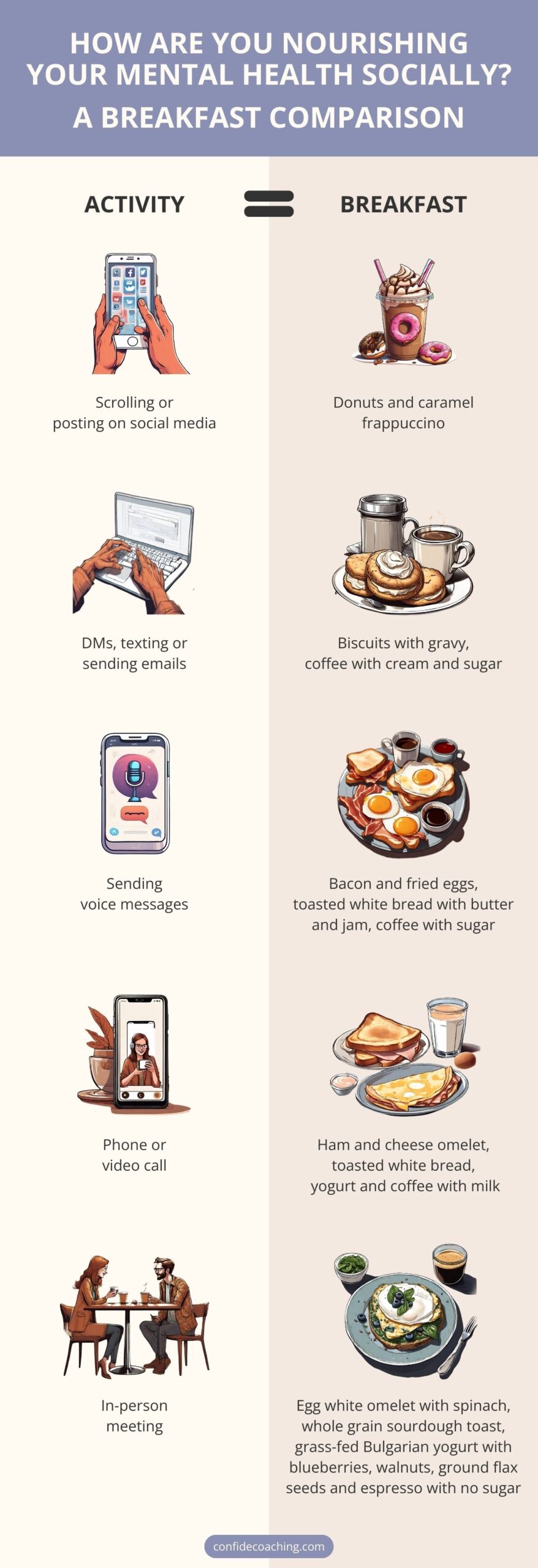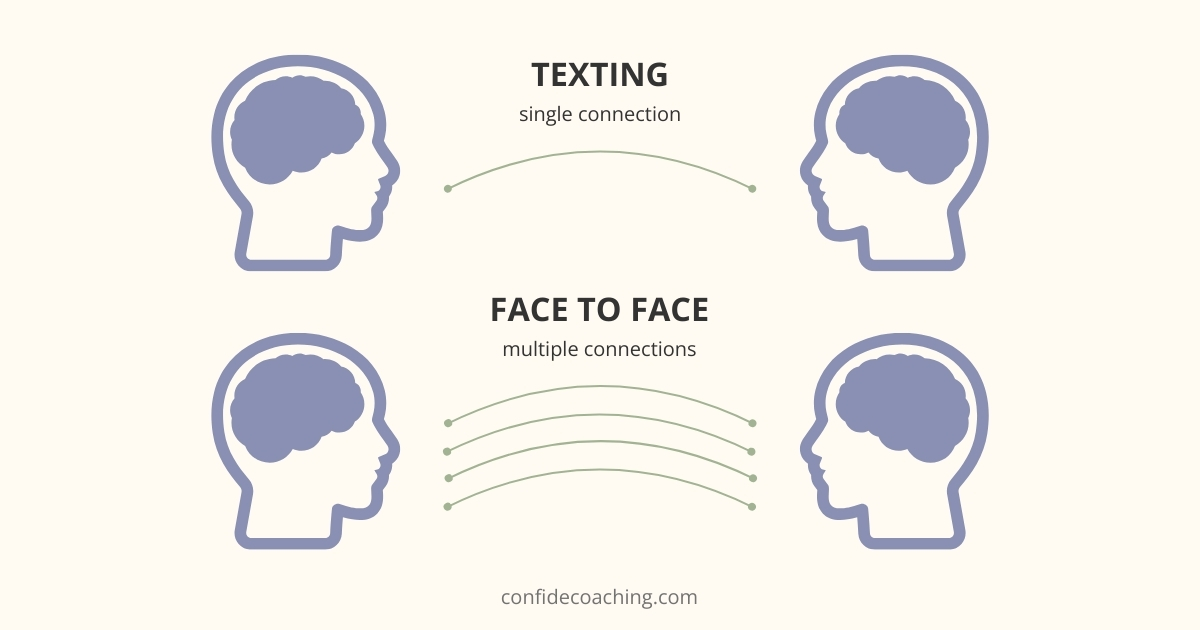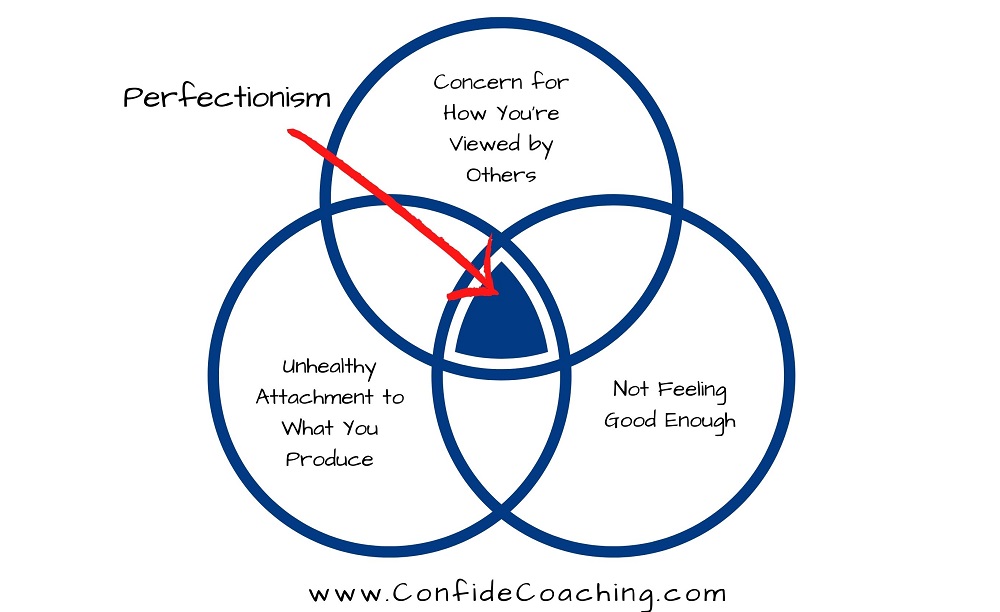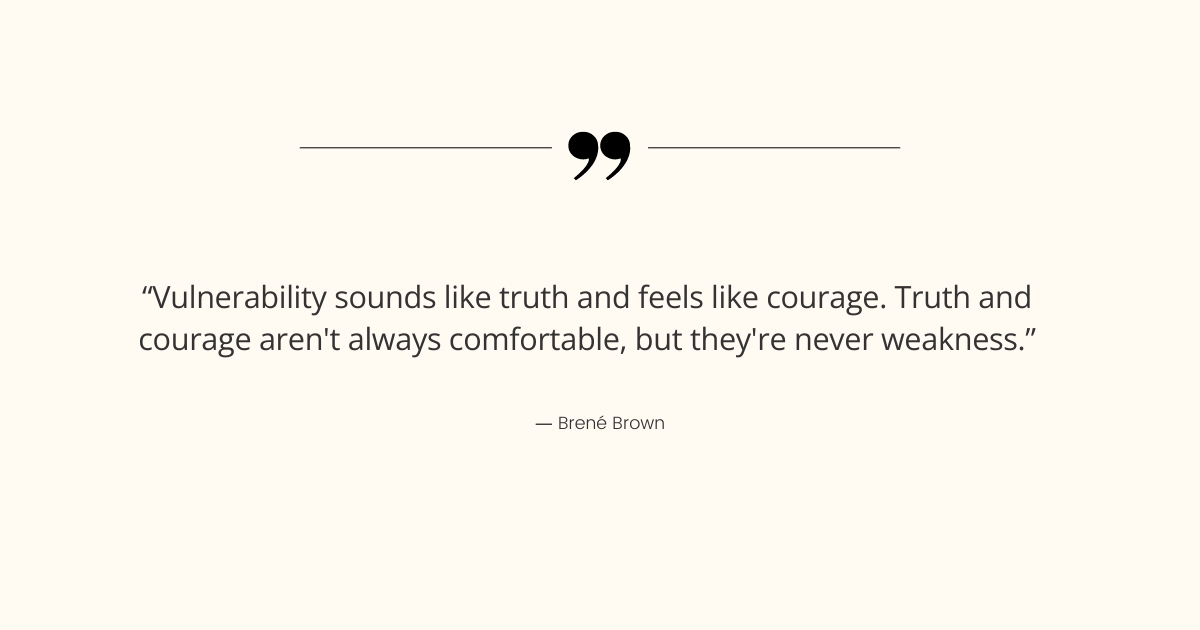
In an age where our smartphones feel like extensions of our hands, the simplicity and convenience of texting have made it the go-to method for daily communication. Whether it’s firing off a quick “LOL” in response to a friend’s joke, coordinating plans, or sharing news, texting offers an unparalleled level of convenience. It’s become our default, a reflex almost, to reach for the phone and send a message in mere seconds, bridging distances and time zones with ease.
However, as a life coach who has worked with many clients on improving their social connections, I’ve observed a significant paradox. While texting seems to connect us on a superficial level, it paradoxically contributes to a profound disconnect in genuine human interaction.
The essence of our messages—laden with emotions, nuances, and subtleties—is often lost in translation, reduced to mere words on a screen. This digital dialogue, devoid of voice inflections, facial expressions, and physical presence, leaves a wide gap for misinterpretations and misunderstandings.
The thesis of this exploration is straightforward yet critical: Despite its apparent advantages, texting is frequently the worst way to foster meaningful social interactions. This assertion rests on the inherent limitations of text-based communication to convey emotions fully and maintain the human connection that is vital for deep, fulfilling relationships.
In the following sections, we will delve into the nuances of why texting falls short in nurturing social bonds and propose more effective ways to communicate that are grounded in scientific research and the fundamental principles of human interaction. By reevaluating our communication habits and embracing richer, more emotionally intelligent methods, we can enhance our social connections and experience a more profound sense of community and belonging.

The Limitations of Text-Based Communication
Despite the undeniable convenience of texting, this mode of communication is fraught with significant limitations that can impair the depth and quality of our social interactions. The very features that make texting appealing—its brevity and immediacy—are also sources of its shortcomings.
The essence of meaningful communication is often diluted in the transition to digital text (and emojis), leading to a landscape where misunderstandings are common, emotional richness is lost, and anxiety around digital interactions can escalate.
Evidence of Misinterpretation
The lack of vocal tone, facial expressions, and body language in texting creates a fertile ground for misinterpretation. Research underscores how text messages, devoid of these nonverbal cues, can be misunderstood, leading to emotional responses that may be entirely disconnected from the sender’s intent. Without the clarity provided by in-person or voice-based communication, recipients are left to infer meaning, often leading to conclusions that miss the mark.
Lack of Emotional Depth
The constraint of texting in expressing the full spectrum of human emotions contributes to an emotional disconnect. In contrast to the nuanced communication possible through voice or face-to-face interaction, where a look or tone can convey volumes, texting flattens these emotional cues. This limitation significantly hinders our ability to connect on a deeper emotional level, reducing conversations to their most basic verbal components.
The Anxiety Factor
Texting also introduces a unique form of anxiety, driven by the anticipation of responses and the potential for misinterpretation. This “texting anxiety” is compounded by the pressures of digital etiquette, where the immediacy of texting can lead to expectations for swift replies, fostering a cycle of stress and constant connectivity.
The impact of this phenomenon on our mental well-being and social relationships is a growing concern, highlighting the need for more mindful communication practices.
The Science of Effective Communication
In the pursuit of deeper connections with others, science offers invaluable insights into how we can communicate more effectively. But what exactly makes for effective communication, and how can we leverage these insights to overcome the limitations of text-based interactions? Let’s explore the fascinating realm of interbrain synchrony, the power of voice, and the crucial role of visual cues and body language in enriching our social bonds.
Interbrain Synchrony
Have you ever felt completely in sync with someone during a conversation, as if your minds were moving together? This phenomenon, known as interbrain synchrony, plays a pivotal role in effective communication.
Research spearheaded by Dr. Kay Tye and her colleagues at the Salk Institute for Biological Studies and Howard Hughes Medical Institute has shed light on how our brains can literally synchronize during rich, engaging interactions. This synchrony facilitates a deeper understanding and connection, enabling us to “tune in” to each other’s emotions and thoughts more effectively.
In contrast, text-based communication lacks the dynamic interplay of real-time feedback and shared emotional states, making it difficult to achieve this level of synchrony and connection.

The Power of Voice
The human voice carries a wealth of information beyond the words spoken. Vocal tones and inflections convey emotions, intentions, and subtleties that text messages simply cannot capture.
Studies have shown that voice calls can foster greater empathy and understanding between individuals, as the sound of a voice can evoke a stronger emotional response than text. This emotional resonance is crucial for building trust and rapport, elements that are often missing in digital text exchanges. By choosing voice communication over texting we enhance our ability to connect on a deeper level.
Visual Cues and Body Language
Visual communication—through video calls or in-person interactions—adds another layer to our understanding of one another. Seeing the other person’s facial expressions, gestures, and body language provides immediate feedback and context that can greatly enhance mutual understanding and connection. These visual cues help us to interpret messages more accurately and empathize with the speaker, reducing the likelihood of misunderstandings that are common in text-based communication.
In a world increasingly reliant on digital interactions, prioritizing communication forms that incorporate visual elements can significantly improve the quality of our social interactions.
The Pitfalls of Staging Our Digital Responses
One of the big pitfalls of digital communication is often hidden in attempting to perfect our messages before we send them. Whether it’s drafting the flawless text, rehearsing a voice message several times before sending it, or ensuring our appearance is just right for a video call, this tendency to curate our digital personas can detract from the authenticity of our interactions.
As a life coach, I’ve witnessed firsthand how this drive for perfection can create barriers to genuine connection and understanding. Let’s explore why authenticity matters and how we can cultivate it in our digital communications.

The Value of Authenticity
Authenticity is the cornerstone of meaningful relationships. It’s about being true to ourselves and expressing our thoughts and feelings honestly, without the veneer of perfection. When we communicate authentically, we open the door to deeper connections, mutual understanding, and trust.
However, the digital landscape, with its inherent delay and the ability to edit, often encourages us to polish our personas rather than present our true selves. This can lead to conversations that feel scripted and superficial, leaving both parties feeling disconnected and dissatisfied.
Avoiding the Trap of Staged Responses
To combat the tendency to stage our responses, consider these strategies:
1. Embrace Imperfections: Allow yourself to send a voice message with a stumble or two, or make a video call without perfect lighting. These imperfections make our communications more human and relatable, breaking down barriers and fostering closer connections.
2. Practice Spontaneity: Challenge yourself to respond more spontaneously. This doesn’t mean not giving thought to what you say, but rather not over-rehearsing or obsessing over crafting the perfect response. Trust in the value of your natural reactions and expressions.
3. Reflect Before Responding: Instead of immediately jumping to craft a response, take a moment to reflect on what you genuinely feel and think. This reflection can help ensure that your communications are more aligned with your true self.
4. Seek Feedback: Engage in conversations with trusted friends or family members about your efforts towards more authentic communication. Feedback can provide insights into how your attempts at authenticity are perceived and where there might be room for improvement.
Preparing for a Future of Virtual Reality
As technology advances, particularly with the rise of virtual reality (VR), the skills of authentic voice and video communication will become increasingly valuable. In virtual environments, where physical cues and presence are simulated, the authenticity of our voice and visual expressions will play a crucial role in creating a sense of realness and connection.
Practicing authentic voice and video messaging today is not just about enhancing our current communications but also about preparing for a future where these modes of interaction will be even more integral to our social and professional lives. In VR, the ability to convey genuine emotion, intention, and presence through our voice and digital avatars will determine the depth of our interactions and the quality of our relationships.
As we look to the future, let’s prioritize the development of these skills, recognizing that the authenticity of our communications will remain a timeless value, regardless of technological advancements. Research by scholars like Brené Brown, a well-known figure in the study of human connection, highlights the critical role of vulnerability in building deep and meaningful relationships.
By allowing room for vulnerability in our digital interactions, we not only enhance our connections today but also lay the groundwork for more profound and significant relationships in the virtual landscapes of tomorrow.
Brown’s work reveals that showing our true selves, flaws and all, is essential for creating strong, genuine bonds. This insight teaches us that embracing our vulnerabilities, rather than hiding them, enriches our interactions and relationships, making them more authentic and heartfelt.

Adopting Better Communication Methods
So, what can we do to foster deeper, more meaningful connections in an era dominated by digital communication? Adopting better communication methods is key. Knowing the science and understanding the limitations of text-based communication naturally guide us toward seeking more fulfilling ways to connect.
It’s not just about avoiding the pitfalls of texting but about actively enhancing our interactions with alternatives that bring us closer to the essence of human connection. Voice messages, video calls, and, whenever possible, in-person interactions stand out as powerful tools in this quest.
Voice Messages: When we switch from texting to sending a voice message, we’re not just sharing words; we’re sharing a part of ourselves. The laughter, the pauses, the sighs—these vocal nuances add a layer of emotional richness that text on a screen can’t convey. Imagine hearing the excitement in your friend’s voice as they share good news, versus reading it in a text. That sound connects you on a visceral level, fostering empathy and closeness that words alone can’t achieve.
Video Calls and Messages: Video adds another dimension to our communications. Suddenly, it’s not just about hearing but also seeing the joy, the surprise, or the concern on someone’s face. This visual feedback loop is critical for building understanding and empathy. It helps us catch those non-verbal cues that say so much more than words ever could. In a video call, a smile or a nod can bridge the gap between words, making us feel truly seen and connected.
In-Person Interactions: At the heart of human connection is the in-person interaction. It’s where all forms of communication—verbal, non-verbal, emotional, and physical—come together in a symphony of human experience. The energy of being in the same space, the interbrain synchrony that occurs, and the unspoken understanding that flows between people; these are the gold standards of connection. Face-to-face, we share not just words but experiences, emotions, and a sense of belonging that digital methods strive to emulate but can never fully replicate.

Whenever possible, choose to meet in person.
Choosing Connection Over Convenience: The Path to Richer Relationships
As we delve deeper into the science of effective communication, it becomes clear that richer, more nuanced forms of interaction offer the best path forward for strengthening our social bonds. But how can we incorporate these insights into our daily lives, especially when digital communication is so pervasive?
Let’s reflect on this: When was the last time you chose to make a phone call or video chat instead of sending a text? How did that choice impact your connection with the person on the other end?
Making a conscious choice to integrate these richer forms of interaction can profoundly impact our relationships. It’s about finding balance—recognizing when a text suffices and when a situation calls for the warmth of a voice message, the clarity of a video call, or the irreplaceable value of sitting across from someone, sharing a moment in time together.
Reflecting on our communication choices is crucial. It’s easy to default to texting, but each time we opt for a more personal touch, we’re not just communicating; we’re connecting. So, the next time you reach for your phone to send a message, pause for a moment. Could this exchange be more meaningful? Could a voice message or a video call enhance this connection? Could arranging to meet in person transform this interaction into a truly memorable experience?
Remember, by embracing methods that bring us closer to the heart of human connection, we not only enrich our own lives but also those of the people we care about.
Let’s not allow convenience to dictate the depth of our relationships. Instead, let’s strive for connections that are as rich, nuanced, and fulfilling as the human experience itself.

Paul Strobl, MBA, CPC
Owner of Confide Coaching, LLC
Paul is a Master Life Coach for GenX and GenY executives and business owners. Originally from Houston, Texas, he has been location independent for most of his adult life. He currently resides in the Rhodope Mountains of Bulgaria near the Greek border with his brilliant wife, 14-year-old stepson (officially adopted in 2021!) and a Posavac Hound rescue.
References
Huberman Lab. (2024, February 5). Dr. Kay Tye: The Biology of Social Interactions and Emotions.
Retrieved from https://www.hubermanlab.com/episode/dr-kay-tye-the-biology-of-social-interactions-and-emotions
Brown, B. (2012). Daring Greatly: How the Courage to Be Vulnerable Transforms the Way We Live, Love, Parent, and Lead. Gotham Books.

